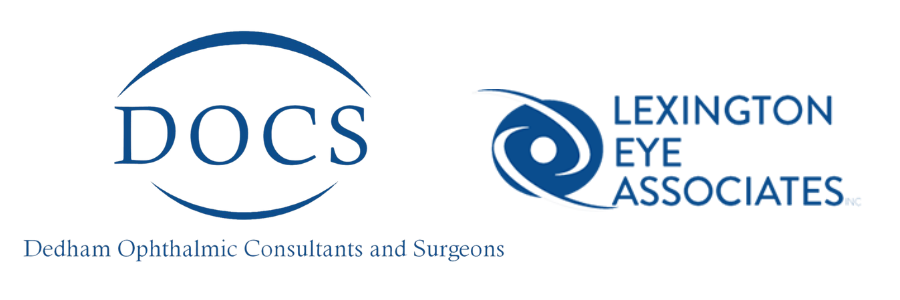Diabetic retinopathy is the most common diabetic eye disease and a leading cause of blindness in American adults. It is caused by changes in the blood vessels of the retina. It is recommended that every diabetic (both type I and type II) have a dilated eye exam annually.
In some people with diabetic retinopathy, blood vessels may swell and leak fluid. In other people, abnormal new blood vessels grow on the surface of the retina. It has been found that those patients that maintain healthy blood sugar levels, the onset and progression of diabetic eye disease slows.
There are two types; Nonproliferative Diabetic Retinopathy (NPDR) and Proliferative Diabetic Retinopathy (PDR).
Background Nonproliferative Diabetic Retinopathy (NPDR)
The earliest stage of retinopathy is Nonproliferative diabetic retinopathy (NPDR.) In this stage, damaged blood vessels in the retina begin to leak extra fluid and small amounts of blood into the eye. Sometimes, deposits of cholesterol or other fats from the blood may leak into the retina.
Retina Center
Proliferative Diabetic Retinopathy (PDR)
Proliferative diabetic retinopathy (PDR) represents more advanced disease. PDR occurs when there is a lack of adequate blood flow in the retina causing blood vessels in the retina to close. The retina responds by growing new blood vessels due to the diminished blood supply in the area where the original vessels closed. When this occurs it is called neovascularization. Because the new vessels may be accompanied by scar tissue that may cause the retina to wrinkle or detach, these new blood vessels are abnormal and do not supply the retina with proper blood flow.
PDR may cause more severe vision loss than NPDR because it can affect both central and peripheral vision.
It may also lead to more serious eye conditions such as Vitreous hemorrhage, retinal detachment or neovascular glaucoma.
At DOCS through regular comprehensive eye exams diabetic eye disease may be detected and treatment started in its earliest stages.
